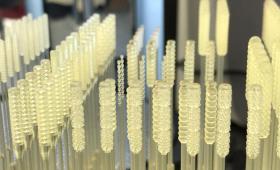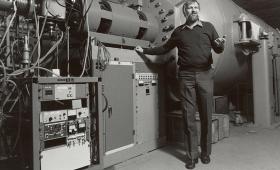The Laboratory's work on consumables for COVID-19 testing was highlighted in a recent special issue of the Materials Research Society (MRS) Bulletin.
Science and Technology
in the News
Science and Technology
in the News
News Center
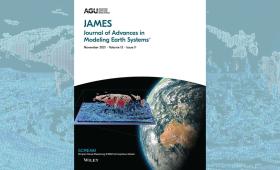
Highlights implementation of a new global 3.25-kilometer version of the E3SM atmosphere model and its behavior in a 40-day northern-hemisphere wintertime simulation.

Livermore's Christopher Stolz has been elected as a fellow of SPIE, the international society for optics and photonics.
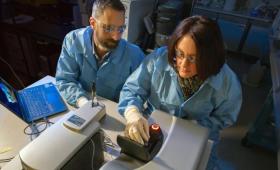
Livermore and three other institutions are seeking to develop a multi-pathogen vaccine that will protect against three bacterial biothreat pathogens.

This book includes chapters on machine learning, image analysis, and data segmentation contributed by Livermore scientists.

Researchers have experimentally determined the high-pressure melting curve and structural properties of pure iron up to nearly 10,000,000 atmospheres.
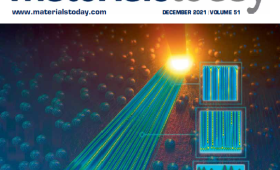
Demonstrates a multiscale simulation framework coupling that can quantitatively predict tailored microstructure formation in laser processed Ti-Nb.
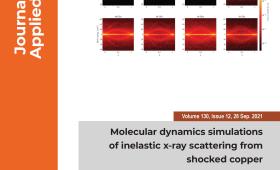
This study computationally explores using high-resolution inelastic x-ray scattering at x-ray free electron laser facilities to probe the temperature of a material in high-pressure shock or ramp compression.

For the fourth consecutive year, Lawrence Livermore National Laboratory has been honored with a Glassdoor Employees’ Choice Award, recognizing the Best Places to Work in 2022.


